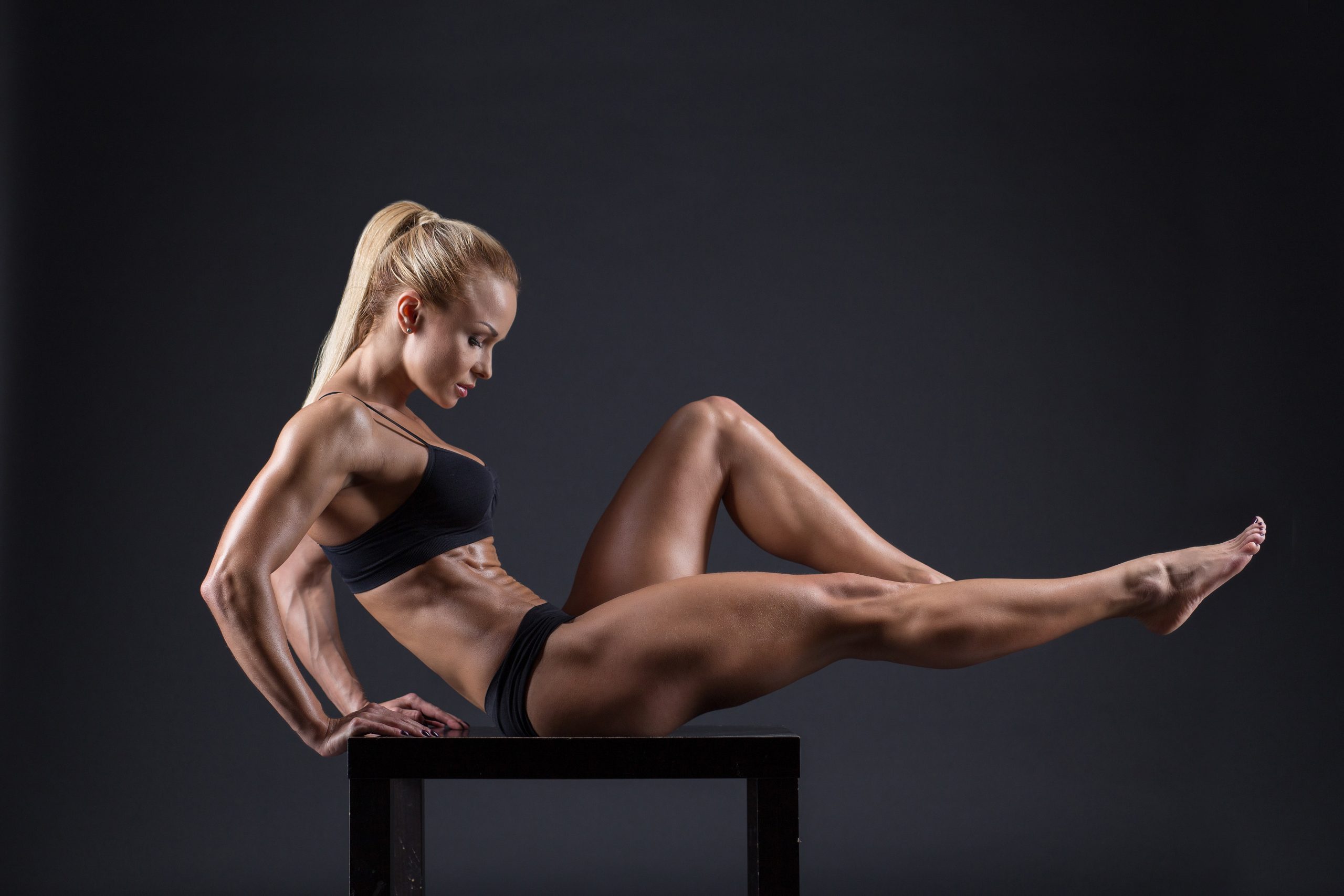Simple movements with lots of benefits:
Plyometrics refers to “jump training” and includes dynamic movements, not just up and down but also side to side and twisting back and forth. Plyometric movements are designed to improve coordination as well as strength and speed. These exercises are the perfect combination of stability, mobility, strength, power and dynamic balance and are used to increase jump height, sprint and agility as well as improve your ability to coordinate movements.
The role of plyometrics is to activate the body’s central nervous system and improve its flexibility. By stimulating the fast- twitch muscle fibres, plyometric exercises allow you to generate force quickly and efficiently.
During a plyometric exercise there is a stretch-shortening cycle (SSC), muscle lengthening followed by immediate rapid muscle shortening. The SSC uses the stretch reflex and stored elastic energy, you increase speed and power with less energy expenditure.
Improve your flexibility
There are many reasons why improving your flexibility is so important. Your body is like a rubber band and every movement has a flexible component.
To stretch it, you need to stabilize one end and pull back the other. This stability is the anchor point for your muscles and connective tissue, that allows you to release a powerful amount of energy. By improving your flexibility, not only are you enhancing your power to help you jump higher, run faster and move more efficiently, you also decrease the potential for injury.
Not only Jump training
Like mentioned before,plyometrics is also known as “jump training”, however plyometric movements also include hops and bounds. Jumps are two leg takeoffs and two leg landing, bounds are one leg takeoff and opposite leg landing and hops are one leg takeoff and the same leg landing. Plyo movements fall into 4 categories: Rapid, short, long and very long response drills.
The categories of Plyometric movements
Rapid response drills
are short, quick movements. These low force, high speed activities, for example quickly moving your feet back and forth over a line for as little as six seconds, are designed to improve ground reaction forces and quickness. Rapid response drills are best performed at the end of your dynamic warm up, right before a training session, run or team sport.
Short-response drills
are high-force, low frequency movements. Exercises like jump lunges and high jumps are a good example of these. They are designed to improve flexibility as they allow you to hit the ground immediately then spring back off.
Long-response drills
are moderate-force longer range of motion movements which focus on stability and force, laying the foundation for more explosive movements. During these exercises your feet stay on the ground for longer, but you apply more force with each repetition. An example of a long-response drill is a squat jump.
Very long-response drills
are exercises with a long range of motion and increased force. Examples of these are resisted squat jumps & split jumps with extra weight. From a bio mechanics perspective, these exercises are only recommended for healthy, injury-free athletes as extra weight enhances the load on the joints.

Do you need Plyometric exercises?
While these exercises are typically utilized among athletes, members of the general population, yes that is people like you and me, can benefit as well.
The combination of stretching and contracting your muscles get into shape.
Where to start?
You won’t do plyometrics everyday, because your muscles will need a break form all that jumping. If you’re not active now, you may need to start working on your basic fitness first and later have a personal trainer show you how to do the moves, so you don’t get injured.
It is a fun alternative to an everyday strength-training workout that boosts your muscle power, strength, balance and agility. You can either do a workout based around plyometric exercises or add some moves to your usual routine.
Recent research has shown that plyometric workout can build muscle, burn fat and improve athletic performance, speed and power.
Here is why you should do Plyometric exercises:
There are two physiological mechanisms that plyometric are intended to target. A combination of both the stretch reflex and elastic properties of tissue are utilized to improve rapid force production.
The initiation of the movement typically begins with some type of counter movement or drop from a given height. The counter movement or landing causes a rapid lengthening of the muscles, activating sensory receptors in the muscle.
As a result of plyometric training, connective tissue, such as tendons become stiffer. This increase in stiffness allows for faster and greater transmission of force from the muscle to the bone, and in turn, a more forceful movement.
It is not only for Athletes
It may be obvious as to how athletes may benefit form faster, more forceful movements, but how does plyometric training affect an individual who just wants to be healthy and get through the day? Imagine walking around on an icy day when it is difficult to maintain balance. Studies have shown that it is not the amount of force applied, but rather the rate of force application that could potentially prevent a fall during a loss of balance. As a result of plyometric training, more force can be applied faster, hopefully preventing injuries from slips or falls.
In conclusion this form of training when utilized properly can not only improve athletic performance along with activities of daily living and injury prevention.

Here is a sample of a plyometric workout:
Please note this workout is not for beginners.
Warm up: 8-10 minutes on treadmill or bike
Work your way through this program.
- 50 x step up (each leg)
- 25 x box jumps
- 10 x broad jumps, 10 x squat jumps, 10 x burpees (repeat x 2 before moving to number 4)
- 1 x 400m or 800m (depending on fitness)
- 200 x mountain climbers (each leg)
- 200 x steps
- 200 x jump rope
- Repeat number 3 and 4
Finisher:
10 x step up (each leg)
Run 100m
30 x mountain climbers (total)
Repeat x 3
Cool down: 5 minutes of slow walking or jogging.




